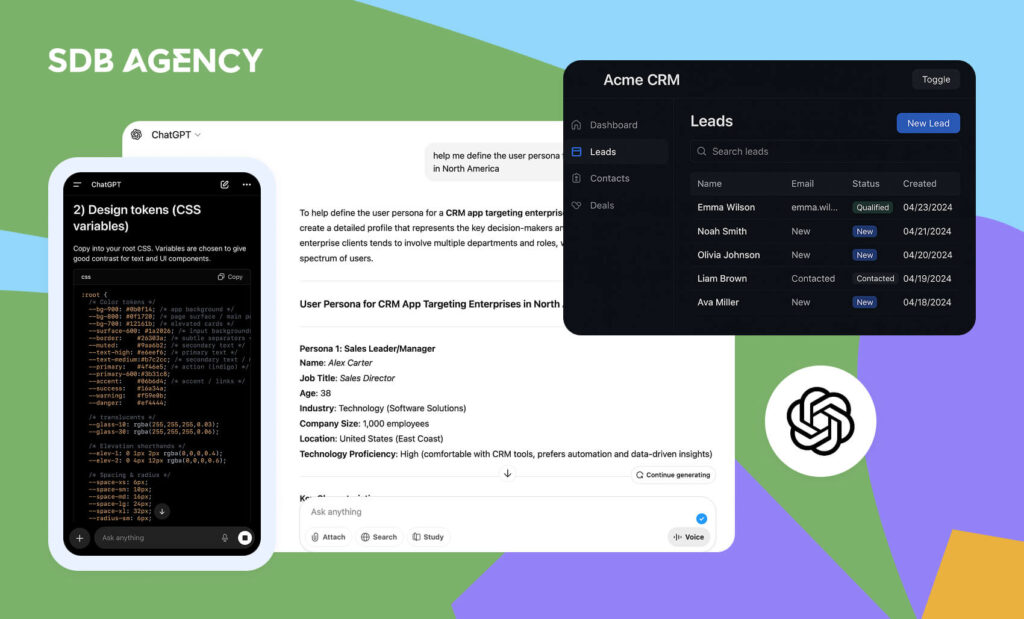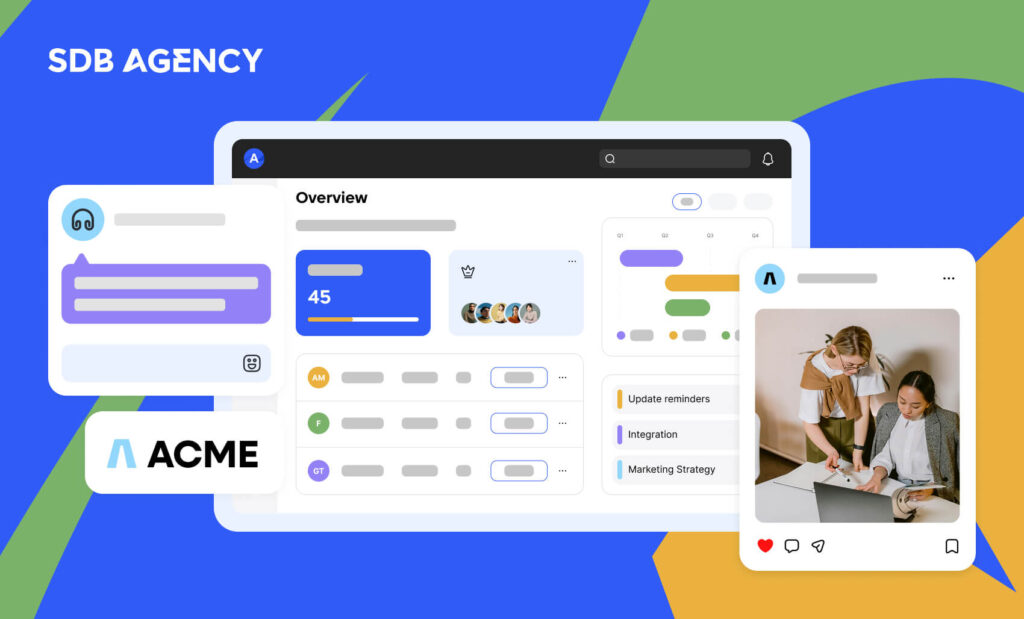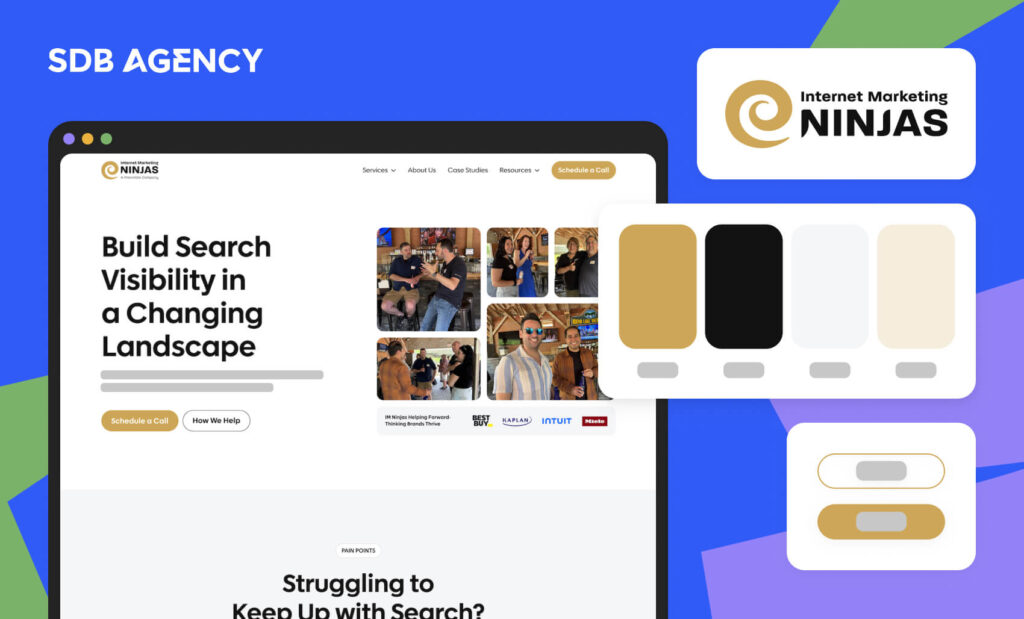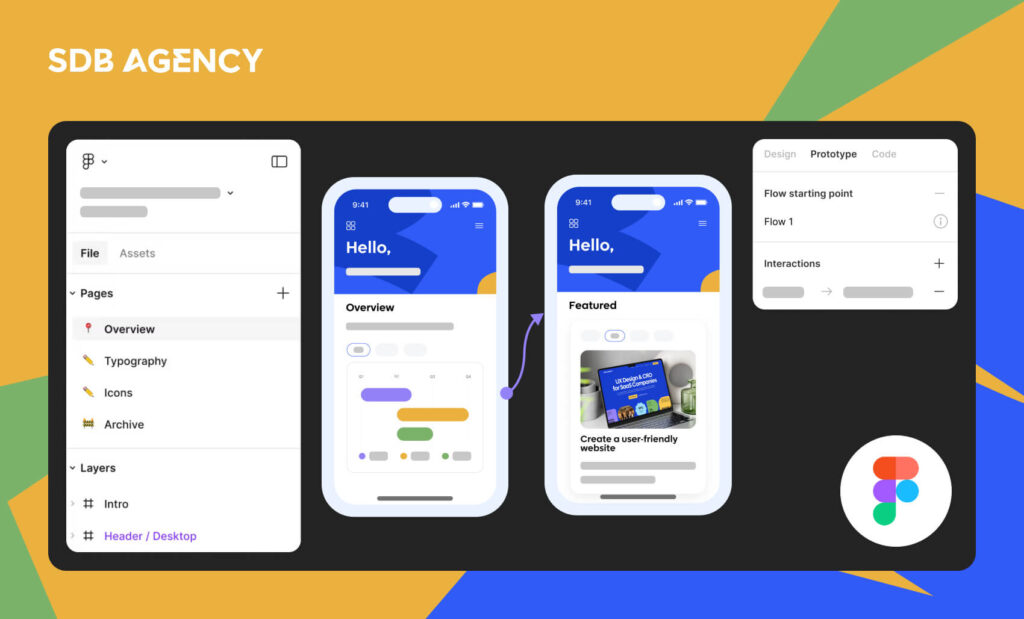Why Combining UX & SEO is a Winning Method for Websites
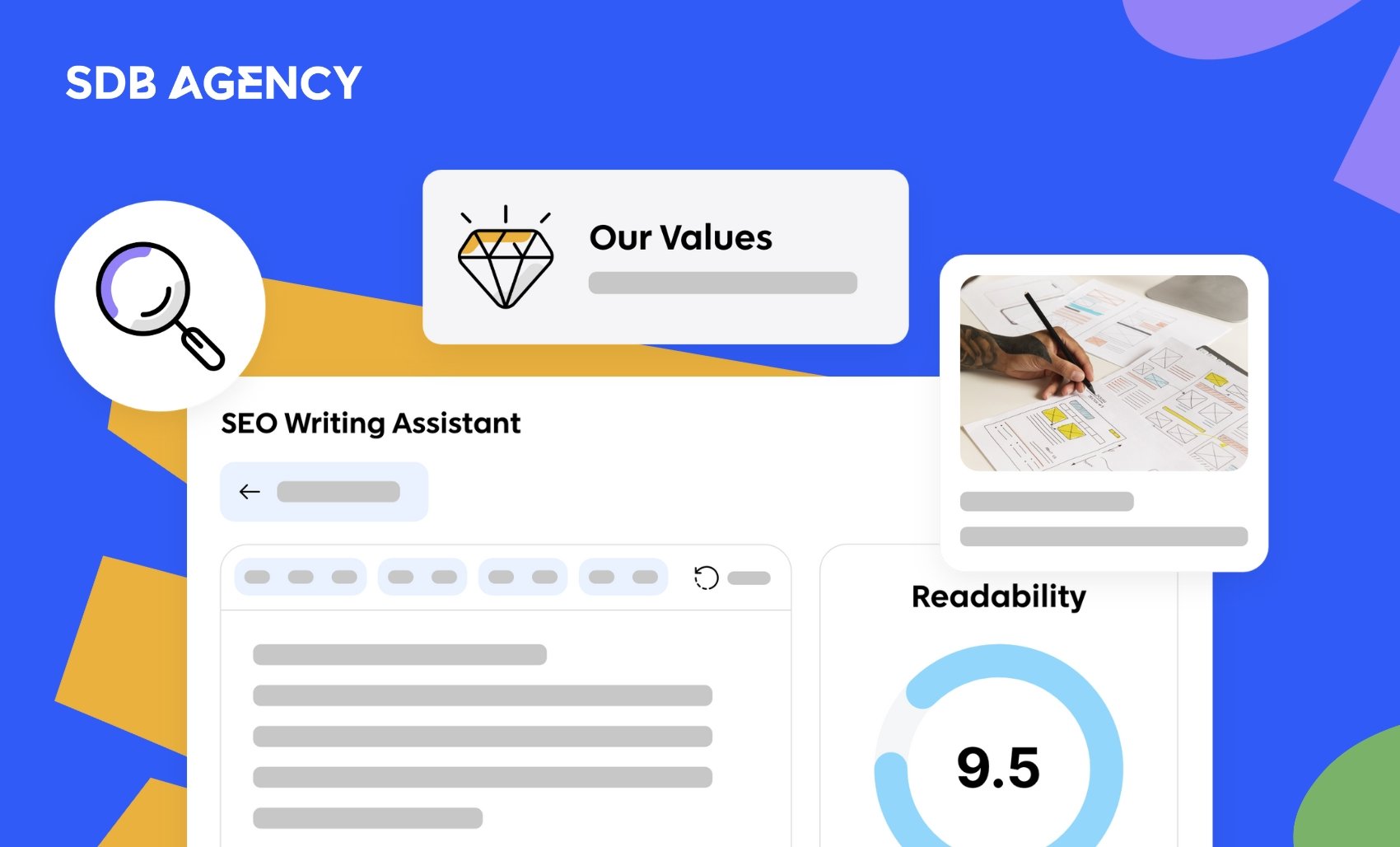
Key takeaways
- SEO and UX are optimization methods that complement each other. SEO is part of a good user experience (UX), and if a website isn’t user-friendly, it will negatively affect site ranking.
- The combination of SEO and UX has its own term: SXO (Search Experience Optimization), which aims to provide users with the best experience when searching through a search engine.
- To optimize your SEO and UX, both teams must work together and get involved throughout the design process while performing a site audit and continuous testing.
User experience (UX) and Search Engine Optimization (SEO) are increasingly important as the internet has become crucial in our everyday lives. We use it for everything from work to recreation and expect a seamless experience that solves our problems and meets our desires.
Why are UX & SEO important?
Businesses that provide a great experience will thrive in the future. Search engines have adapted to our ever-changing behavior and deliver relevant results that meet our needs. To provide the best experience, businesses need to accompany users on the customer journey from start to finish. This includes everything from information search to the check-out process or conversion.
Tech and SaaS businesses must understand users when they visit your site to deliver the smoothest and most delightful experience possible. This will ultimately gain their trust and create a positive image of your brand.
In this article, we’ll introduce you to the importance of UX and SEO and explain why combining the two is a winning method for your business.
Why SEO and UX complement each other
Search engine optimization (SEO) and user experience (UX) are essential aspects of your online business’s marketing strategy. SEO focuses on optimizing a site for better visibility in search engines, while UX is about creating a positive experience for visitors. These two optimization methods can’t be completely separated as they mutually reinforce their effects.
SEO is part of a good user experience because SEO lets users find a service, product, or information from the start. If a website isn’t user-friendly, it will negatively affect ranking as visitors will likely leave the site and return to the search results.
The combination of SEO and UX has a term of its own: SXO (Search Experience Optimization). The goal of SXO is to give users the best possible experience when searching for something online. This includes everything from the search query to the search results, the landing page, and the fulfillment of their needs.
Why should your business use the SEO and UX combo?
Customers’ expectations have dramatically changed over the years due to the internet being an integral part of our lives. They have higher standards and now expect a lot from a digital marketing brand, and in return, the brand should give them what they want. In short, they’ll have their own expectations when they come in contact with you and use your brand. Therefore, incorporating UX into your SEO campaigns is important to fulfill customers’ needs.
There are many reasons why SEO and UX are the new great combo; to give you more context, we’ve prepared a few explanations below.
UX goes beyond the linear path
UX teams usually only consider a linear journey from the home page. However, for many brands, less than 50% of visitors begin their journey on the home page. Therefore, users outside that category will experience a slight dissatisfaction, causing them to return to the search results to find websites with better UX. Besides that, machine learning (ML) has caused user signals to affect the rankings in search engines.
Remember to go beyond optimizing your home page’s user experience. In other words, consider the other entry points to your site, which will optimize your SEO and UX integration.
Content creation
When creating content for your site, it’s important to consider your visitors and potential customers. However, creating content isn’t enough; you need to optimize it to get noticed by Google. This is where the UX and SEO collaboration really matters.
The human elements of your marketing campaign will be more appreciated by viewers and search engines, as they’ll be able to differentiate your efforts to connect with users. These “human elements” include effective storytelling, conversational language, and knowledge of the topic. By providing such content, your users will spend more time on your site, increasing engagement and lowering bounce rate.
Generate leads and increase conversions
UX designers and SEO used to compete in delivering great experiences, and most companies separate the budget between the departments. But thanks to user-focused approaches and changes in search engine algorithms, online businesses have realized that merging UX and SEO will help them generate more leads and sales. UX and SEO teams should work together to deliver an excellent experience at every stage of the customer’s journey.
UX and SEO best practices
After hearing all the benefits of combining UX and SEO, how do you actually improve them and make sure they’ll work for your business? Check out these best practices and apply them to your business.
Integrate your UX and SEO strategies
Most businesses work separately in the UX and SEO departments. However, when creating a new site or page, it’s important that the teams work together, maximize communication, and involve both throughout the design process.
Do a site audit
If you have a website, consider doing an SEO and UX audit. A UX analysis will uncover data about how visitors interact with your site, revealing what works and what doesn’t. On the other hand, an SEO audit will reveal your site’s SEO performance, helping you improve in this area to increase your visibility online.
Tools such as Google Analytics and Hotjar are great for uncovering what users do (behavioral) and what users say (attitudinal) about your product. Conducting a site audit and analyzing data with these tools is like a cheat code or digital marketing growth hack you shouldn’t ignore. Remember that your best source of information is your users, and once you’ve collected enough data, consult with a data analyst to use it to grow your business.
Ongoing testing
Continuously testing a site is vital for increasing its performance in the long run. One way to do this is to conduct split tests and determine which changes will lead to the biggest improvements in UX and Conversion Rate Optimization (CRO). Split testing consists of creating two web page versions and letting users try each version.
Then, you can analyze both versions’ performances and see which performs best. After you’ve received the results, you can determine which page performs better and keep it. To test a website’s SEO, you can tweak specific pages that might need a little adjusting and see if the updates will positively impact the site’s rankings.
Combine UX design and SEO for your business’s success
Even though many tech and SaaS companies still think about UX design vs SEO, it’s crucial to incorporate them to create helpful content for a site and ensure they work together. Both terms are critical for your site’s success – SEO brings people to your site, while UX keeps them engaged for longer and increases conversions.
Indeed, UX and SEO are two disciples, but businesses should optimize both strategies to satisfy users’ needs. With this in mind, the changes you make to improve UX will improve SEO and vice versa. Another point to consider is to always write for humans instead of search engines, as that is an effective way to combine SEO and UX on your site.

